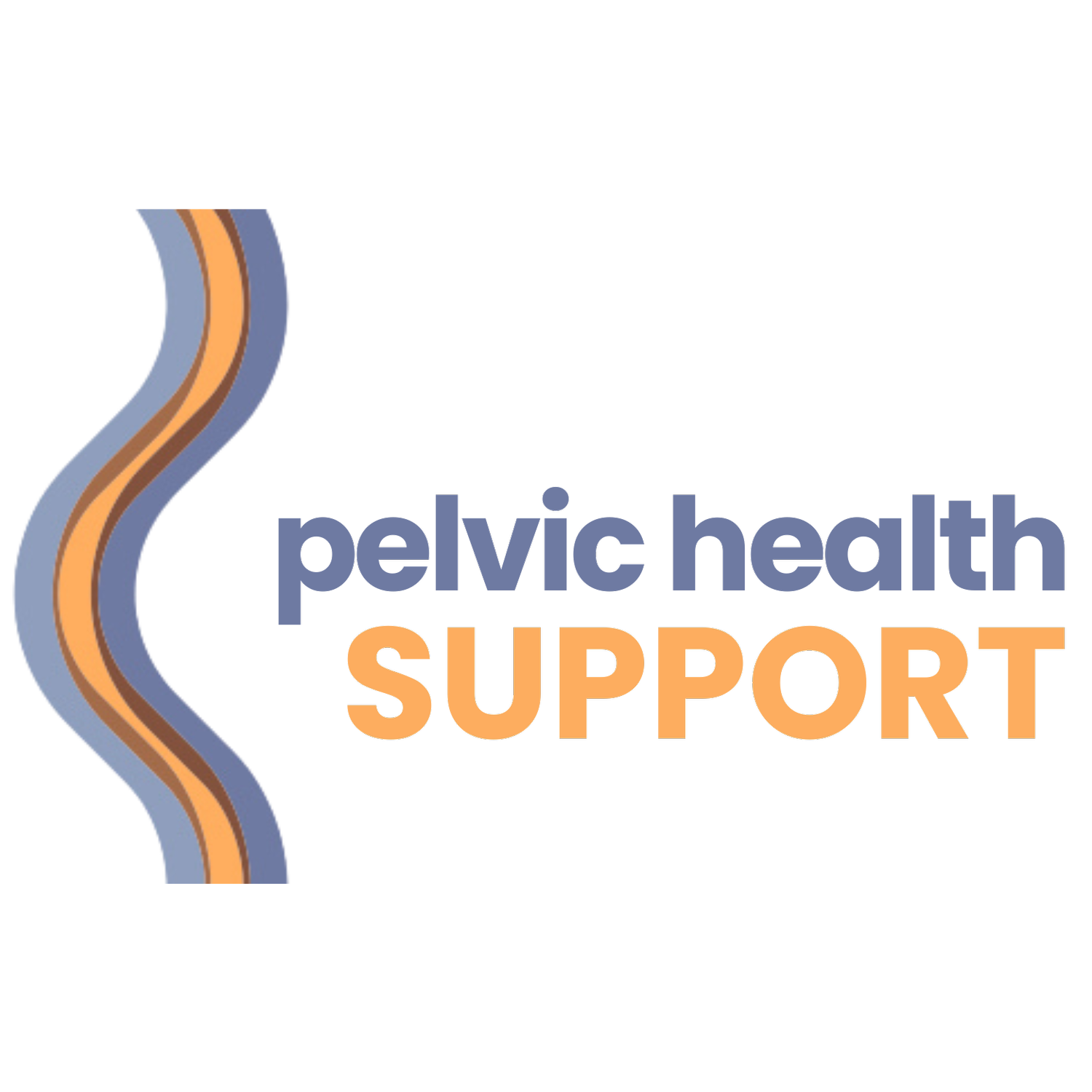Diaphragmatic Breathing
Download your PDF copy of this handout by clicking this button:
Re-learn to breathe: Diaphragmatic breathing
Believe it or not just re-learning how to breathe can be a start to both pelvic floor improvement and a way to calm our nervous system. Most of us have reverted to shallow breathing that affects our sympathetic nervous system and doesn’t engage our diaphragm. When you breathe shallowly for years and don’t engage your diaphragm, your pelvic floor doesn’t relax and those muscles and tissues don’t get the necessary oxygen to function optimally.
Diaphragmatic breathing step-by-step
LYING DOWN
Put a hand/yoga block/book on your lower belly
Can you see it lift as you inhale?
Put your other hand on your upper chest. Breathe again. The upper hand should not move.
Using upper chest, neck, shoulder to breathe along with those accessory muscles impairs diaphragm, therefore impairing ability of PF to soften and therefore the pelvic floor is not able to relax
SITTING
Find your sitting bones. They should make contact with the chair
Put one hand on your lower belly
Put your other hand on your upper chest.
Breathe.
The upper hand should not move.
Only the lower hand should move as you breathe.
Take 10 deep breaths 3x/day

